EMD turbochargers
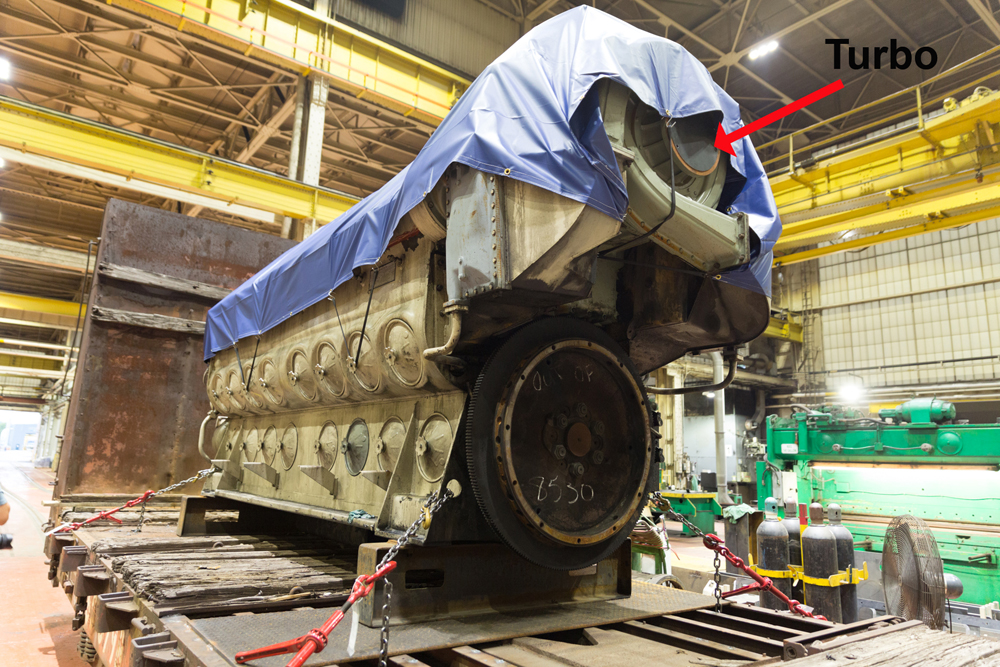
For decades, railroads have adapted locomotives to meet the service to which they are assigned. As newer and more powerful locomotives arrive on a roster, older units cascade down to lesser roles. Oftentimes these new assignments don’t require as much horsepower as mainline duties.
In low-speed, local or yard service, weight and adhesion are the factors primarily involved in starting a train and operating it slowly. This means the peak horsepower from a high-horsepower locomotive is rarely (or never) utilized in its new role. Lowering the horsepower rating of reassigned units is often the choice of mechanical departments, utilizing such options as derating locomotives or removing turbochargers and replacing them with Roots blowers on Electro-Motive Division models. But there is another option.
EMD turbochargers have a unique feature. The turbo is mechanically connected to the prime mover at slower speeds and lower engine temperatures. As speed increases and the exhaust heats up, an overrunning clutch between the turbo and prime mover disengages as the hot exhaust gases begin to spin the turbo freely.
While the turbo can be removed and a blower installed, some railroads, leasing companies, and third-party locomotive shops opt to pin the turbo instead of removing it. This keeps the clutch engaged at all times during operation. For example, doing this modification to a 3,000 horsepower SD40-2 would result in a locomotive with output in the 2,000 horsepower range.
Modifying the turbo’s clutch, along with a few other mechanical changes to the engine, creates a locomotive that uses less fuel and places less stress on the prime mover during operation. Since most EMDs with pinned turbos result in a new horsepower rating below 2,300 horsepower, the locomotive also moves from the line-haul to the switcher category of emission regulations for the Tier category the locomotive falls under.
Unfortunately, the casual observer can not identify a locomotive with this type of modification since no external changes are necessary.






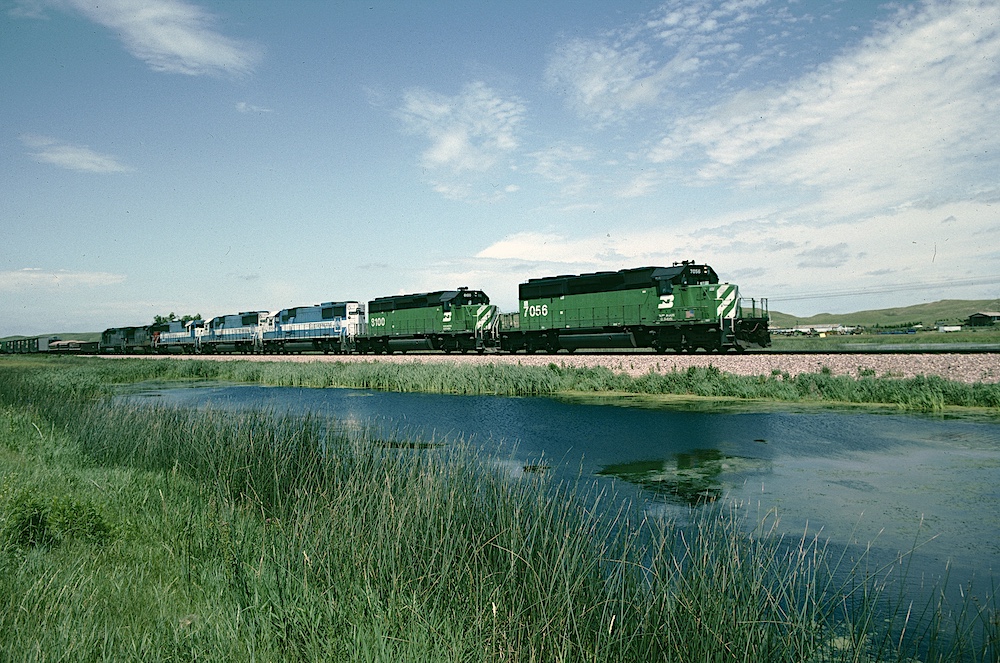
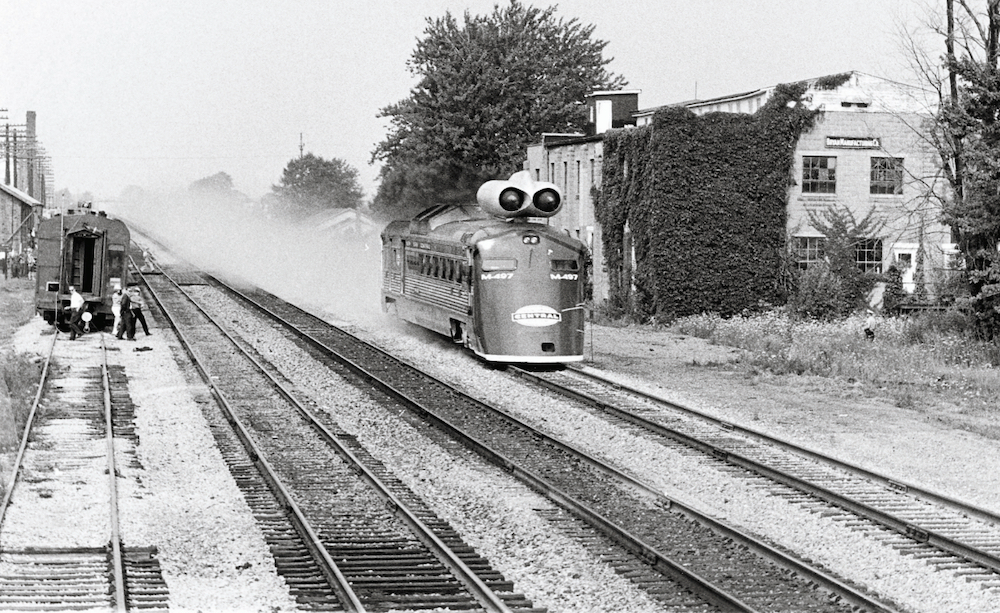
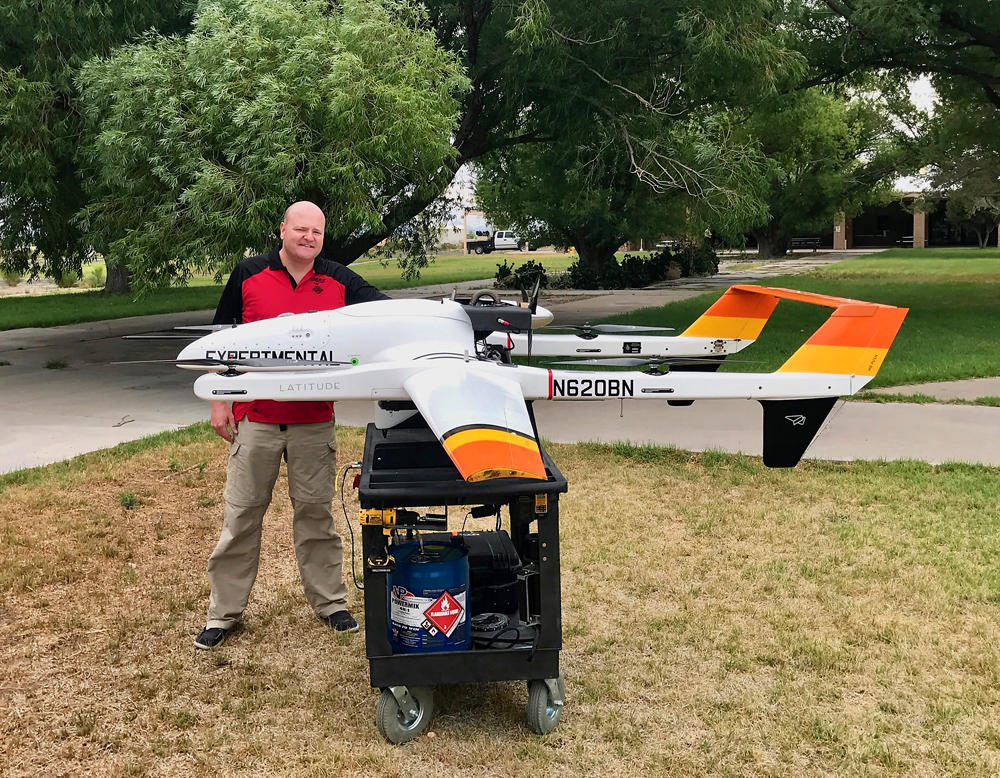
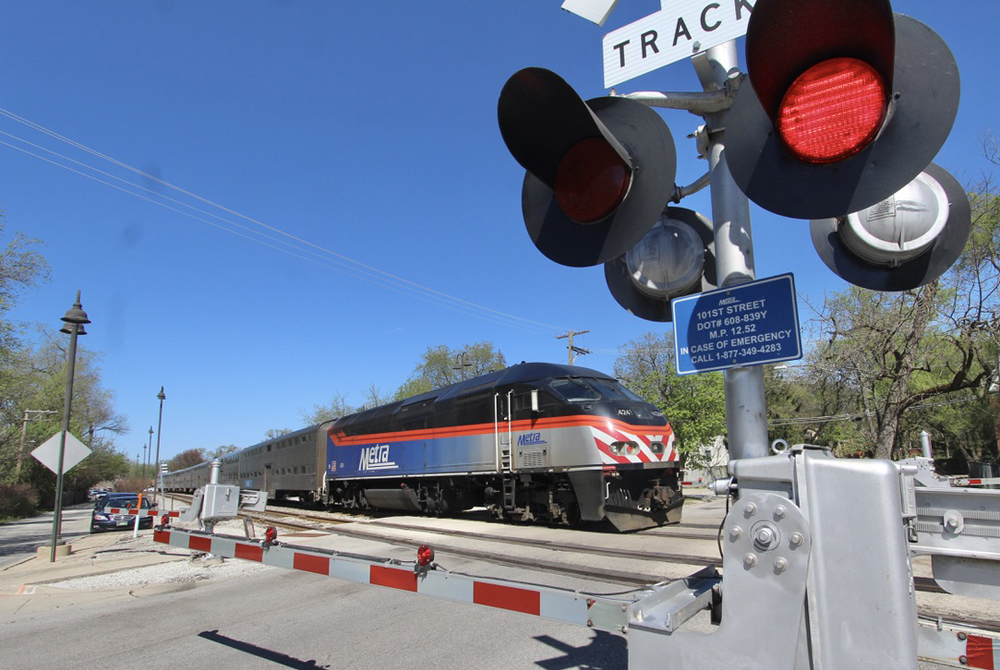




Would the locomotive lose the turbo sound, and sound more like a normally-aspirated loco?
Pinning the turbocharger effectively turns the engine into a turbo-compound, where some of the power developed by the turbine is transferred to the driveshaft.